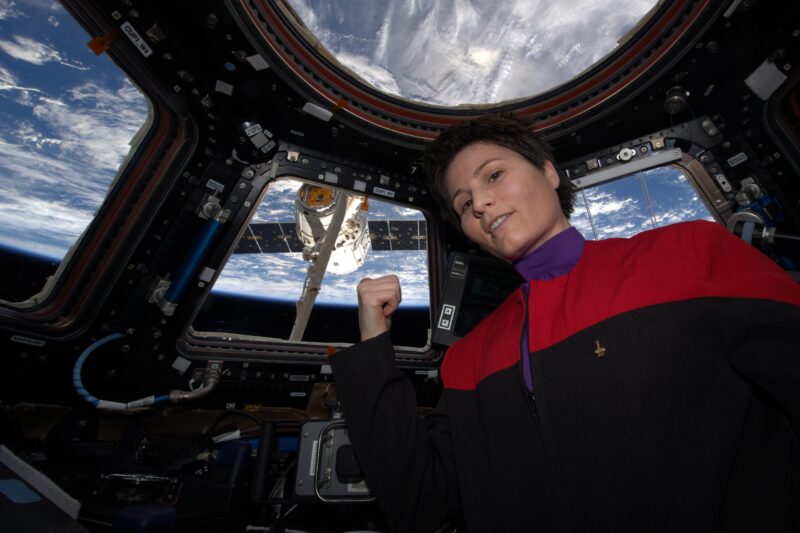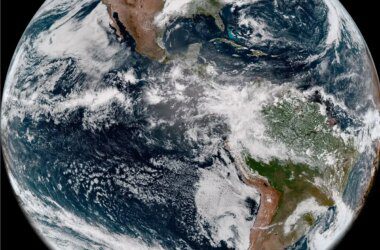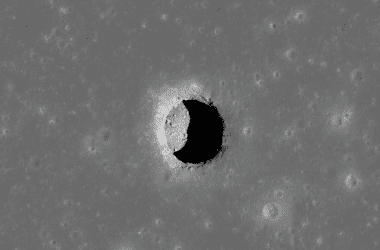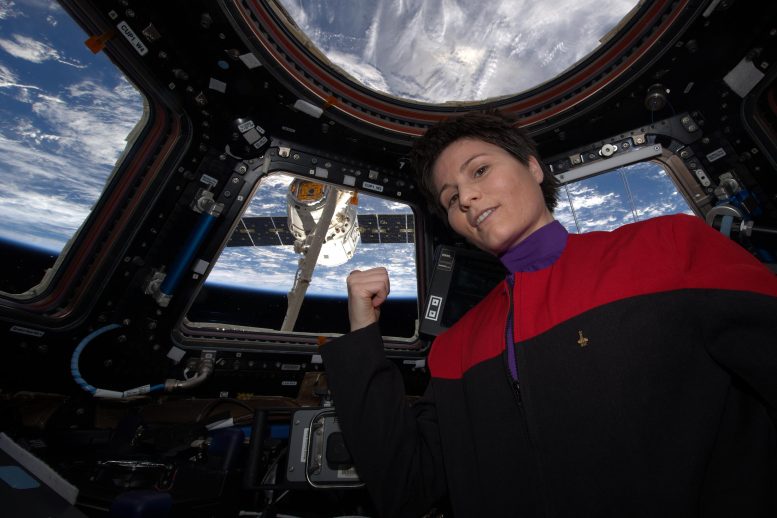
Depuis la coupole de l’ISS, l’astronaute de l’ESA Samantha Cristoforetti montre du doigt le vaisseau spatial Dragon qu’elle vient de saisir, le 17 avril 2015, avec le bras robotique de 16 m de long de la Station spatiale internationale. Crédit : ESA/NASA
L’astronaute de l’ESA Samantha Cristoforetti retournera à la Station spatiale internationale en avril 2022. Sa deuxième mission spatiale est connue sous le nom de Minerva.
Inspirée de la mythologie romaine, Samantha affirme que le nom et l’écusson de la mission Minerva rendent hommage à la compétence et au savoir-faire sophistiqué de tous ceux qui rendent les vols spatiaux humains possibles.
Samantha se rendra à la station aux côtés de ;” data-gt-translate-attributes=”[{” attribute=””>NASA astronauts Kjell Lindgren, Bob “Farmer” Hines, and Jessica Watkins. Collectively known as Crew-4, the astronauts will be launched from NASA’s Kennedy Space Center in Florida, USA, on a SpaceX Crew Dragon spacecraft.
When Samantha arrives at the Station, her Minerva mission officially begins. This will see her live and work aboard the orbital outpost for approximately five months. During this time, she will support over 35 European and many more international experiments in orbit.
Samantha will also hold the role of US Orbital Segment (USOS) lead, responsible for operations within the US, European, Japanese and Canadian modules and components of the Space Station.
As her launch draws closer, Samantha continues her training with International Space Station partners. Stay tuned for the latest updates from her mission and visit the mission web page for more information.
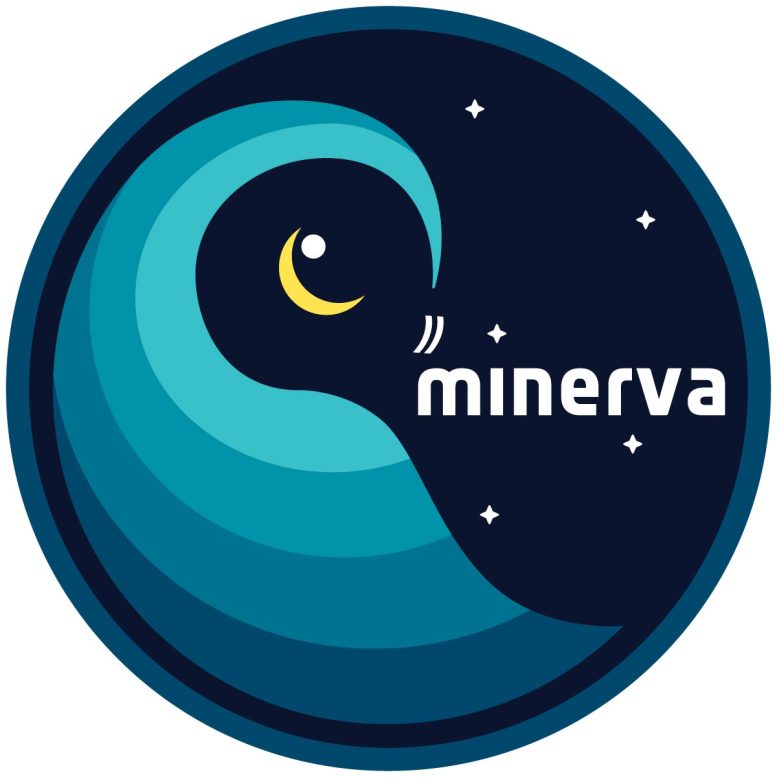
Minerva mission patch. Credit: ESA-K.Oldenburg
“Minerva” is the name of ESA astronaut Samantha Cristoforetti’s second mission to the International Space Station. Inspired by the Roman goddess of wisdom, handicrafts, and the arts, this name is a homage to the competence and sophisticated craftmanship of the men and women all over the world who make human spaceflight possible. The goddess Minerva also embodies the toughness and discipline that is required of us, and the wisdom we wish to demonstrate, as we consolidate and expand human presence in space.
Minerva is often depicted with her sacred owl, a key feature of Samantha’s mission patch. The eye of the owl is a yellow Moon, casting a white glow onto a round Earth. Its beak hints at the shape of the International Space Station, with its characteristic solar panels. The two lines also symbolize Samantha’s two missions to space. Waves of ever darker blue make up the body of the owl and encourage us to rise to the challenge and move farther into deep space. The owl looks to the right, to the future of space exploration and adventure off Earth for our planet.
